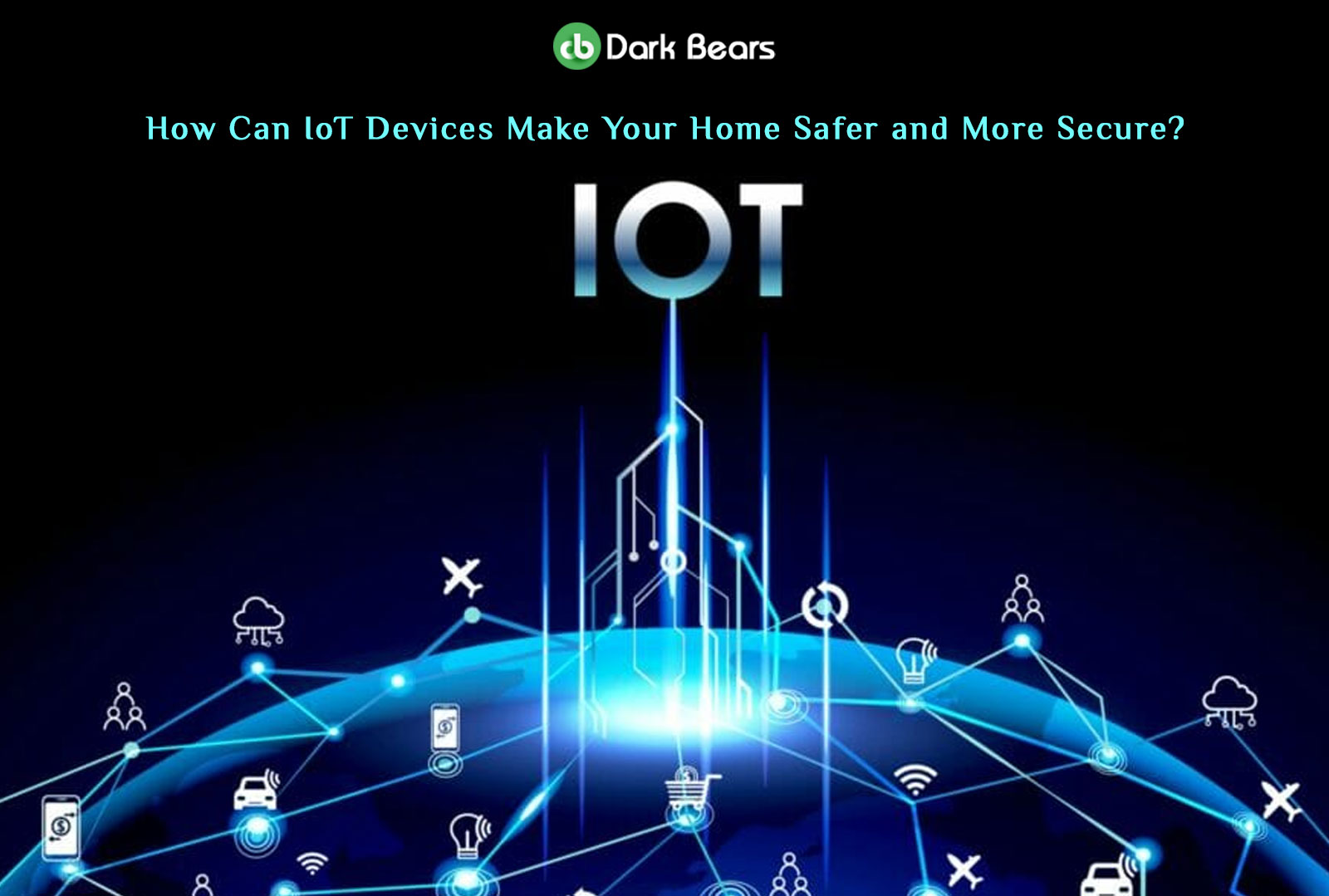admin / December 2, 2021

Back in 2017, Gartner predicted that IoT technology would be incorporated in 95% of the electronic product designs. Today, adding IoT technology and features in product design is relatively inexpensive. Right from smart thermostats, audio and video bells, connected locks to baby monitors, this sensor-based IoT in homes makes life more convenient for you.
IoT is everywhere. Right from the moment we get out of bed till we step back home, we’re surrounded by the world of connected devices. But, with so much convenience at the forefront comes the darker side – Potential risks, risks that can expose your personal and sensitive information to unwanted cyberattacks.
Though locks and alarms may keep thieves and burglars at bay, you need to add cybersecurity to the list of obstacles, with smart homes becoming more prevalent.
With our homes getting more connected and tech-empowered, the more opportunity it gives hackers to intervene in our lives and daily routine.
If everything is connected, everything can be hacked – Said European commission President Ursula von der Leyen in her 2021 State of Union address.
Below are a few of the most hackable items you may have in your home:
All these share the same vulnerability – Though they aren’t part of IoT, they are undoubtedly interconnected with your home WiFi network.
A study by the European watchdog Euro consumers found all five had “high severity” or “critical” security vulnerabilities.
To identify the risk levels associated with the brands, the researchers tested a total of 16 commonly used devices. They found 55 vulnerabilities exposed by users to allow hackers to attack their devices with potential consequences ranging from deactivating security systems to stealing personal and sensitive data.
It also allows hackers to access sensitive and crucial services like banking apps to use multiple devices connected for DDOS attacks.
As intelligent devices grow in popularity, people need to be more aware of the risks.
Connected devices offer immense benefits and convenience at home. The new features and functionalities that it brings along make the task easier and simpler -Says the report. But since most people are aware that connecting laptops to the internet carries risk, they think the same is not possible with smart devices.
Consider your WiFi router as the “main door” to your modern and smart home. Just like any other front door, it should be rock-solid and equipped with strong and durable locks just in case any cybercriminals come knocking.
It all starts with securing your WiFi router. It’s the foundation stone that connects with multiple connected devices to make them function and operate. If the router is compromised, your smart home security is at a big threat.
Though a majority of the internet service provider do leverage routers, there are multiple companies selling routers.
Once you move to a secured router, later, you can search for smart devices you may want to install.
If so, it would be hard as a rock for attackers to compromise your system. In such a case, you can hire IoT app developers from the leading IoT app development company to build a system that interconnects your devices with strong, robust, and secured algorithms.
This blog post discusses the risk associated with smart home security and what precautions should be taken for IoT-enabled devices to make your smart home safe and secure. So, without the further duo, let’s get started.
I would highly recommend you rename the router name, which is set default during the manufacturing process. Though it can identify the model’s name, I suggest you name something peculiar that isn’t associated with your address or phone number. Do not give any personal identifiers with your router name.
It’s a good practice to use a robust encryption method like WPA2 while setting your WiFi network access. Doing so will strengthen your network and communication system at the core.
To strengthen your IoT sensors for home security, keep your WiFi accounts private. Ensure that your visitors, friends, and relatives log in to a separate network that doesn’t goof up in your IoT devices.
Cybercriminals are often aware of the default passwords that come along with IoT products and devices. And it makes it easy for them to access information of the IoT devices at home. So, it’s a smart move to consider such devices that allows you to change and set a new password by replacing the default ones.
“Your name,” “contact number,” “123456”, “password” – All these are some of the most common and most accessible passwords to hack and mislead information. Instead, try out a complex password made with a blend of numbers, letters, and special symbols. To amp up your game, you can even consider a password manager.
Your IoT devices might come with default privacy and security settings. However, you might want to consider changing them, as some default settings could benefit the manufacturer more than they help you.
IoT devices come with a variety of services, such as remote access, often enabled by default. If you don’t need it, be sure to disable it.
When your smartphone manufacturer sends you a software update, don’t put off installing it. It might be a patch for a security flaw. Mobile security is important since you may connect to your smart home through mobile devices. Your IoT device makers also may send you updates — or you might have to visit their websites to check for them. Be sure to download updates and apply them to your device to help stay safe.
It could be time to upgrade that old security camera. Take time to check if newer models might offer stronger security.
We’re talking authentication. Two-factor authentication — such as a one-time code sent to your cellphone — can keep the bad guys out of your accounts. If your smart-device apps offer two-factor authentication or 2FA, use it.
You might want to manage your IoT devices through your mobile device in a coffee shop across town. If you’re on public Wi-Fi — generally not a good idea — use VPN services developed for iPhones or other mobile devices to get maximum security.
Ensure that a hardware outage does not result in an insecure state for the device.
No doubt more IoT devices are coming and will angle for a place in your home. Suppose they make your life more convenient — even happier — great. But don’t forget to secure your increasingly smart home and your IoT devices.
As per the latest forum reports, the risk to privacy and other human rights from the increased usage of connected devices should be thoroughly checked, accessed, and regularly addressed through proper governance structures.
Though you purchase the most expensive IoT devices from the leading companies in the end, the security of your home lies in your hands. So, before you commit to any device, take some time and research correctly. Do not forget to check if it’s still updated regularly or has vulnerability reported by the users. You can even hire IoT development companies who customize and strengthen your security algorithms and suggest the best devices to choose to make your home smart and secure. Yes, it does invest time, money, and effort, Suppose, but it’s worth it.
Better safe than sorry!




